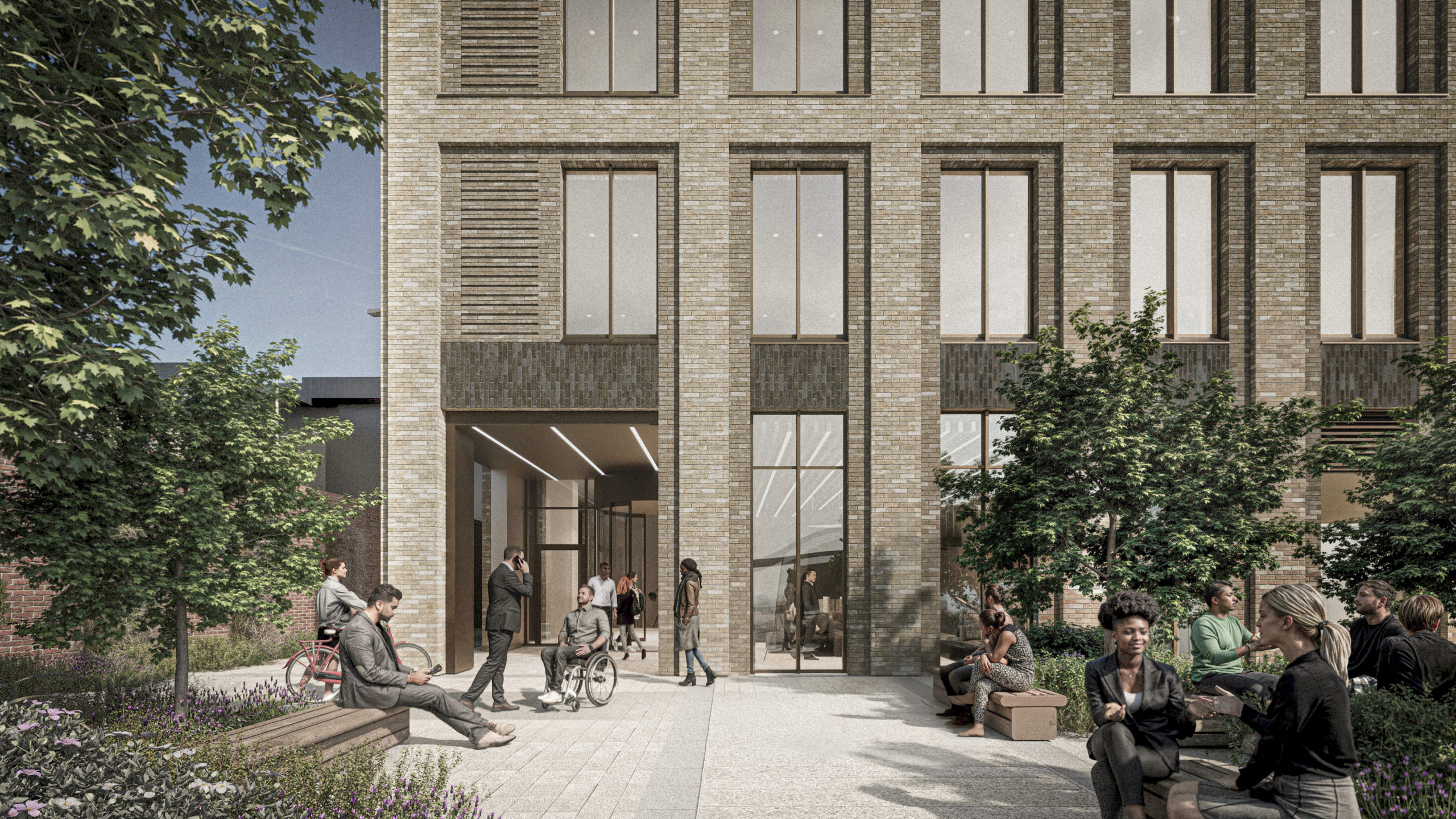Plans submitted for fifth phase of Talbot Gateway regeneration
30.05.24 3 min read

In collaboration with our long-standing partners, Blackpool Council, we’ve submitted a planning application to bring forward the fifth phase of Talbot Gateway’s wider £350 million regeneration.
The proposals would see the creation of a £45 million, 52,950 sq ft workspace off Talbot Road which would be home to over 1,000 employees, bringing a further economic benefit to the town.
Blackpool Council is currently in advanced discussions with an organisation that wishes to purchase and occupy the space which sits within the boundary of the Talbot Gateway development around Blackpool North train station.
Our shared vision to reinvigorate Blackpool and create a bolder, brighter future for the town is already helping to deliver positive, lasting change for the local community and wider Lancashire region, with this latest phase building on a series of developments aimed at spurring economic activity and investment:
– Phase one – including the 125,000 sq ft Number One Bickerstaffe Square council workspace, a Sainsbury’s supermarket and upgraded 650-space multi-storey car park – was completed in 2014.
– A new 144-bedroom Holiday Inn hotel and Marco Pierre White New York Italian restaurant opened at the beginning of May as part of phase two.
– Phase three, which will see the delivery of a £100 million, 215,000 sq ft highly sustainable workspace occupied by more than 3,000 civil servants, is expected to be completed in 2025.
And elsewhere in the town, planning consent has been granted for a Multiversity campus for Blackpool and the Fylde College, which will bring up to 3,000 more students and staff into the area.
Supported by excellent transport links, and with the iconic North Pier and promenade close by, our work at Talbot Gateway is helping to create a sustainable, future-proofed Blackpool which supports both businesses and the town’s bustling visitor economy.
Alan McBride, Technical Director, said:
Cllr Mark Smith, Cabinet Member for Levelling Up (Place) at Blackpool Council, said: “This is another major step forward in our plans to make Blackpool better and boost our local economy.
“The area around the train station was previously a desolate area in desperate need of regeneration. Over the last ten years we have regenerated it into a desirable location for businesses looking for quality office space on the Fylde coast. Our initial ambition and investment to build the earlier phases of the Talbot Gateway has led us to be in this position where more organisations are approaching us to help them move their jobs into the town centre.
“In turn, that has a huge potential for the private sector to continue to invest in Blackpool, creating more opportunities for business and creating more year-round, well-paid jobs for local people.”